Tianjin - A city of passion
North China’s Tianjin, located close to Bohai Sea, a city whose many unique facets can hold the attention of visitors, historians, architectural students, photographers, artists and more. A city which I would discover is one where an initial visit can result in many returns, such is its distinctive attractiveness. There is always something more awaiting in Tianjin, a city of passion.
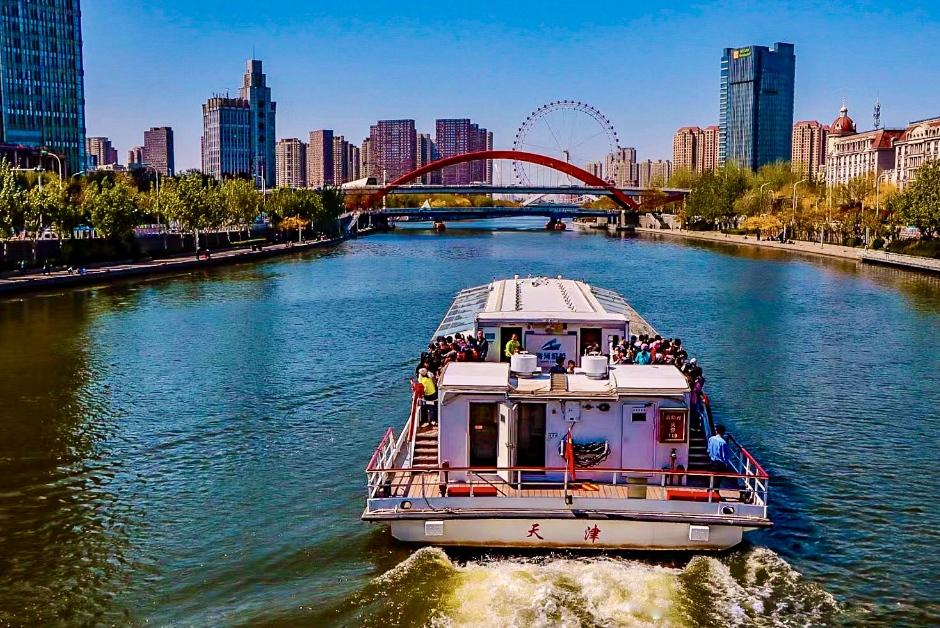
Tourism cruise on Haihe River[Photo by Bruce Connolly/exploringtianjin.com]
In my earlier days associated with China, Tianjin was then a city not featuring in my travel itineraries. Indeed, in 1987, when I started travelling through this vast country, Tianjin was relatively unknown. It did not feature in guidebooks of that period! Indeed, only a few of the country’s cities were mentioned. How much has changed since then!
Today, I regularly visit Tianjin photographing, writing about this amazing city. Yes, amazing is how today I would describe contemporary Tianjin!
This is a city, no matter how many times I am here, I feel energized to walk, explore, record more about its attractions.
Indeed I am regularly asked by friends in Beijing about why I come here so often? Rather than give long answers, I will simply show some of the photography on my iPad. The beauty indeed is there for all to see.
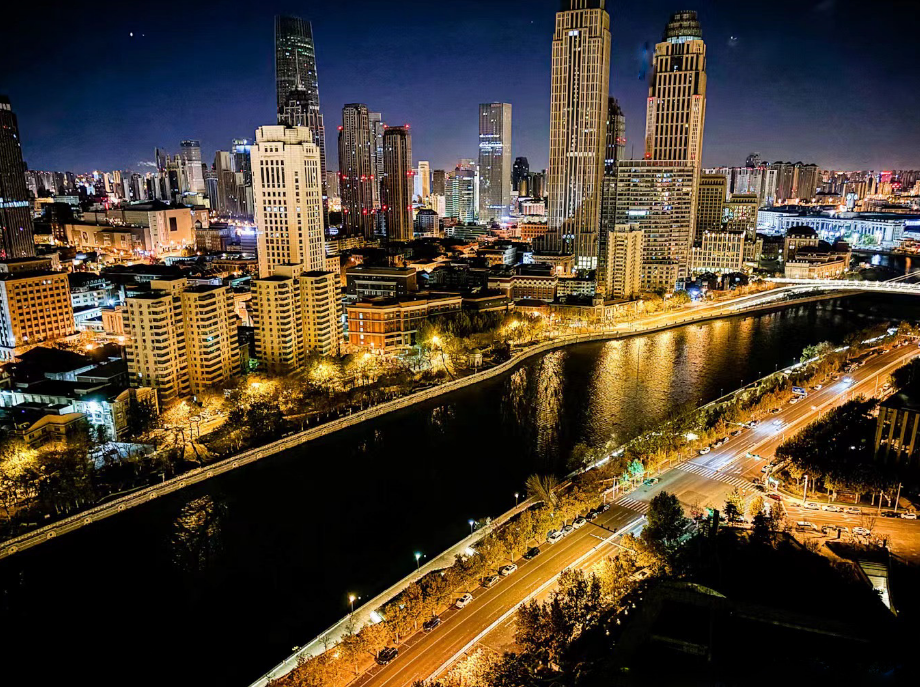
Evening at Haihe River from Shangri-La Tianjin[Photo by Bruce Connolly/exploringtianjin.com]
Part of my fascination with Tianjin is simply looking across its cityscape. There, the Haihe river curves and flows before passing beneath 1927 constructed Jiefang Bridge. One of Tianjin’s top iconic historic attractions, it enhances the city’s popularity, particularly amongst photographers. Indeed, arriving at the nearby central railway station, emerging out onto a view of the bridge, the river and Jinwan Plaza’s contemporary skyline, it is always an encouraging start to any visit here.
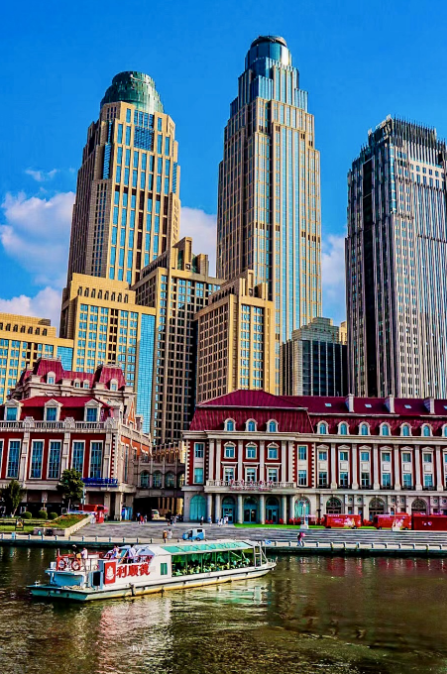
Haihe River and Jinwan Plaza [Photo by Bruce Connolly/exploringtianjin.com]
Throughout my life as a traveller and photographer, I believe that walking is the finest way to gain an understanding of a city, to feel its ambience. Much of older Tianjin is walkable, particularly the relatively recent environmental corridor along both banks of the Haihe River offering a clean, traffic-free environment.
My initial visit to Tianjin, in 1996, was short. I was invited down from Beijing to experience some of the ongoing work at TEDA (Tianjin Economic-Technological Development Area). Located within today’s Binhai New Area, it was an initiative established in 1984 to stimulate modern, high-tech innovation in an area formerly of older traditional industries that were partly tied into nearby port activities.
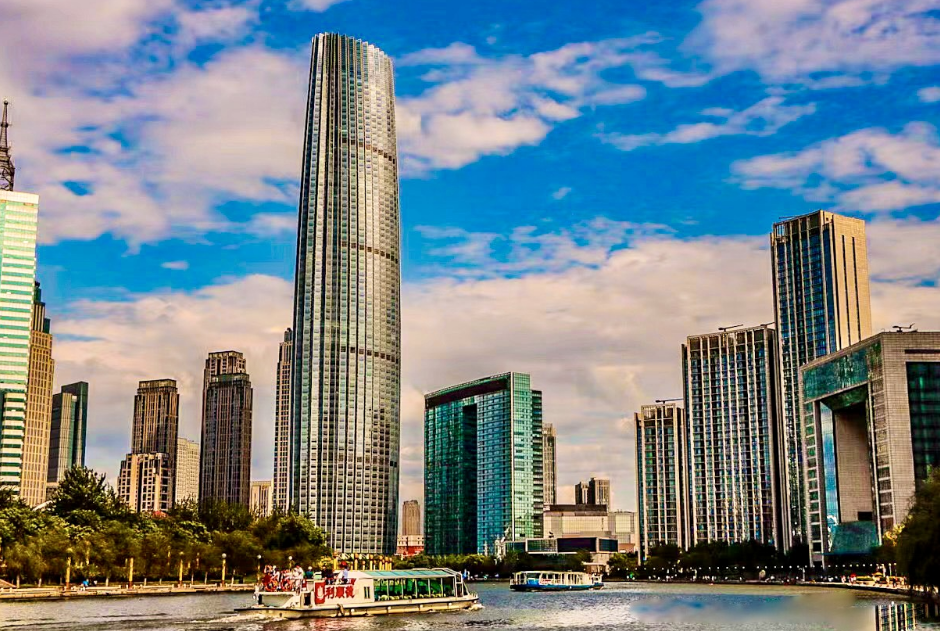
Haihe River and Tianjin World Financial Centre[Photo by Bruce Connolly/exploringtianjin.com]
Tianjin’s port has expanded considerably in recent years. It continues as a major player for the city’s growth and importance. Historically it served as an international ocean gateway for Beijing and Northeastern China. The Haihe River connected with the Grand Canal, facilitating water transportation between east central China, Beijing and the oceanic connections via Bohai Sea. Today, much of Binhai is a modern urban centre served by high-speed railway.
In1996 I did not appreciate Tianjin’s significance in China’s history and development. Often I passed through by train heading to other parts of the country. Tianjin represented first or last stop on journeys to or from Beijing. My perspectives, particularly of its outstanding legacies, would steadily develop over coming years.
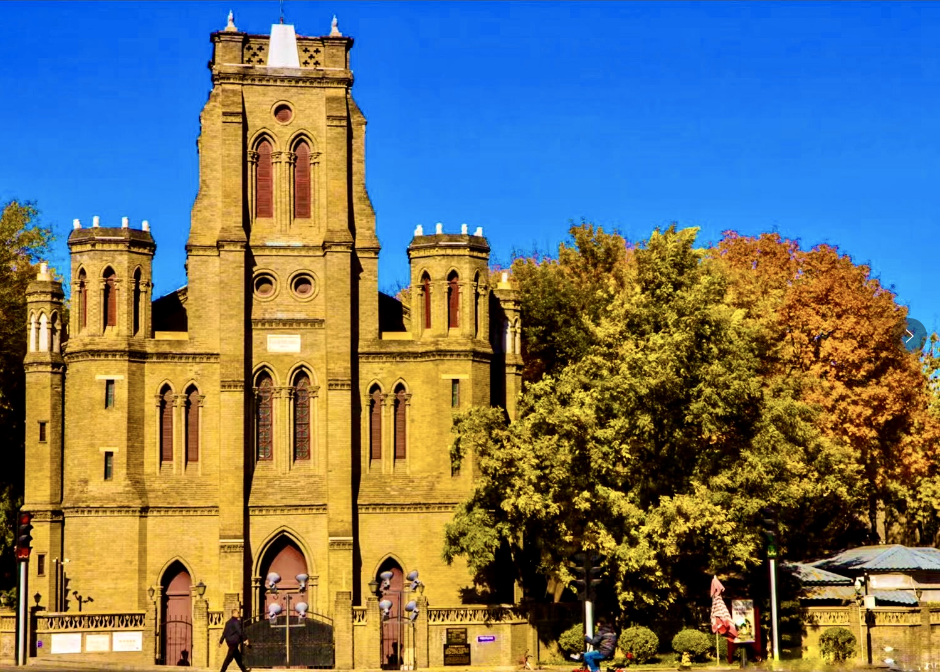
Wanghailou Church[Photo by Bruce Connolly/exploringtianjin.com]
In 2004, twice I stayed in a small hotel on Jiefang North road, close to the Haihe River. That road resembles a gallery of architecture displaying pseudo-classical characteristics, reminding me in some ways of my Scottish home city, Glasgow dating back to late 18th century. Tianjin’s legacy was much more recent. Many structures were constructed in the 1920’s, standing today as reminders in stone of when Tianjin became location for several large international concession districts. Starting from 1861, some even lasted up to 1949! They stand as a reminder of complex, troubled times not just for Tianjin but throughout much of China during the latter days of the Qing Dynasty. It was a time of many incursions into China by foreign nations. However, the buildings today act as a legacy, a reminder of when that street became known as Asia’s first Wall Street. Several international financial and business organizations were located there. Today their former offices are increasingly viewed as architectural assets for the city and help add to Tianjin’s contemporary charm - something I can feel during my many walks there.
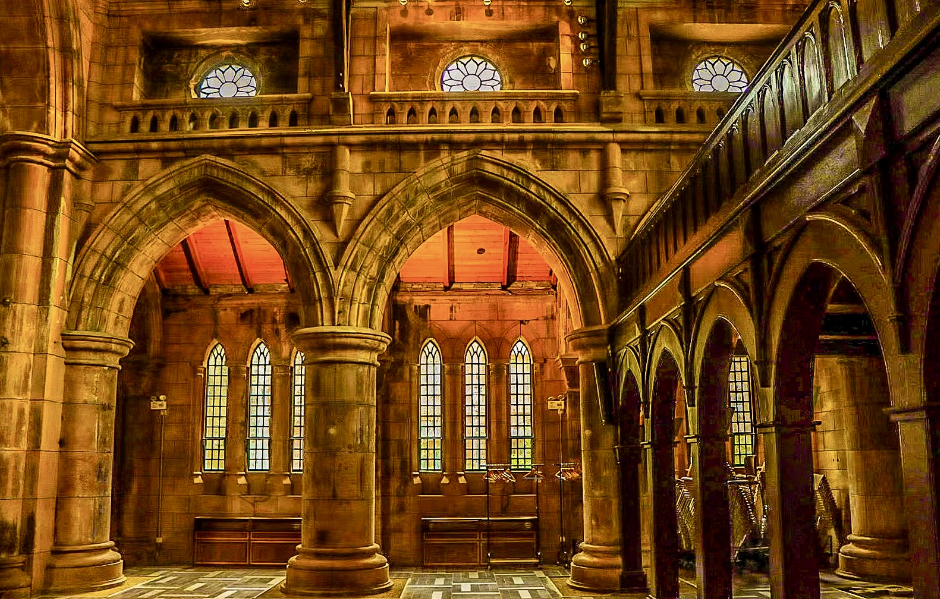
Anglican Artistic Centre[Photo by Bruce Connolly/exploringtianjin.com]

Copyright ©
Tianjin Municipal Government. All rights reserved. Presented by China Daily.
京ICP备13028878号-35

